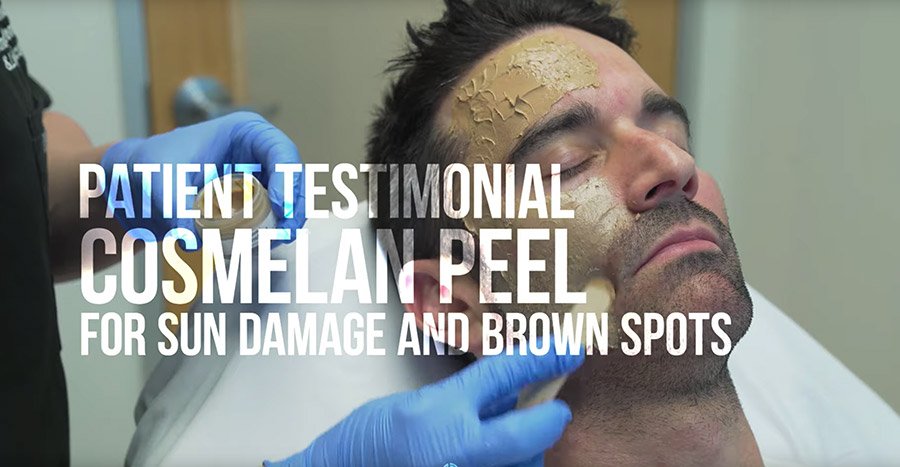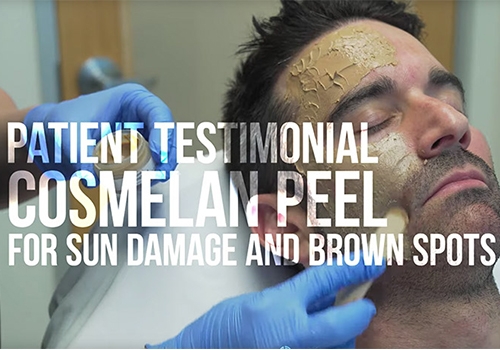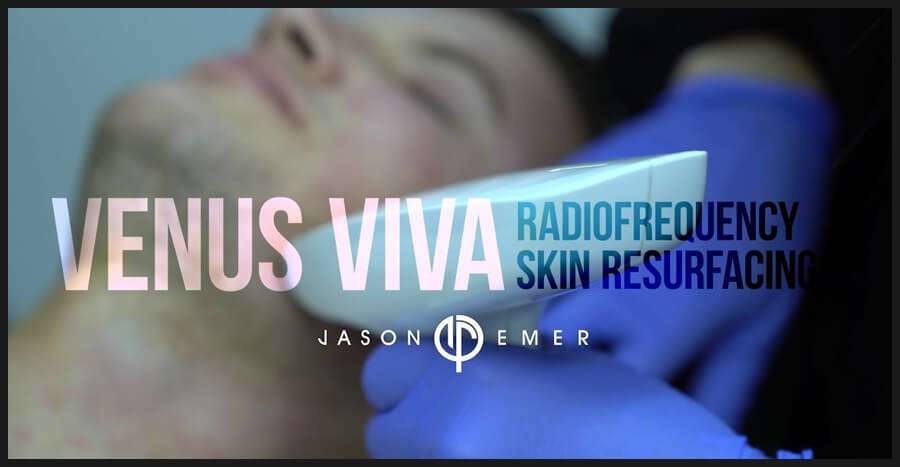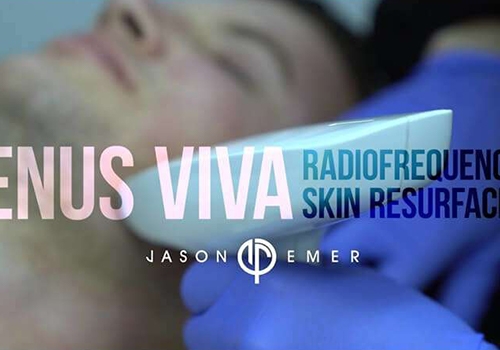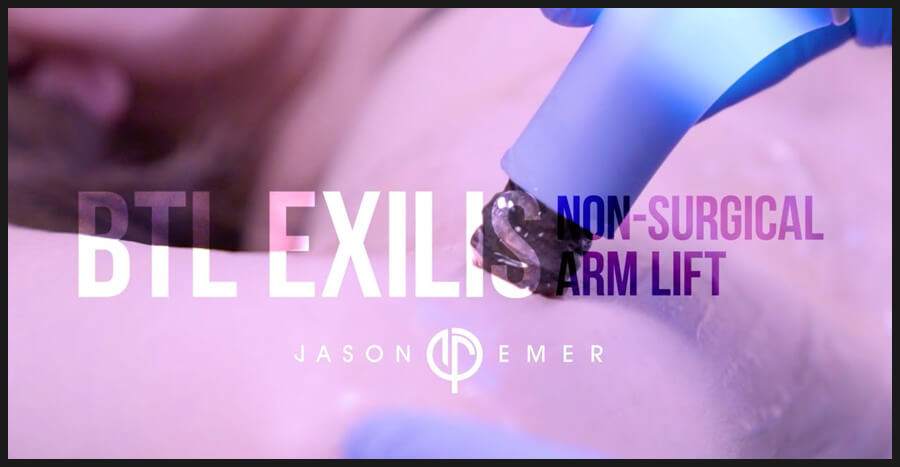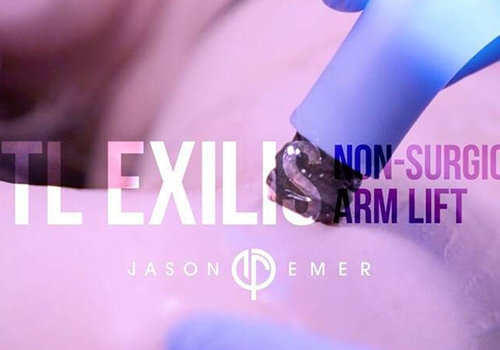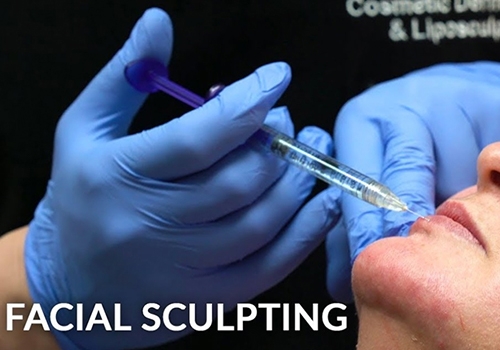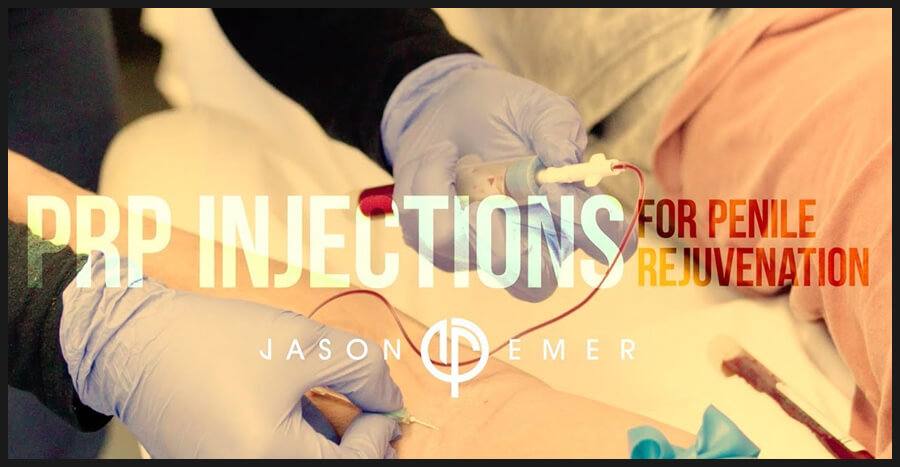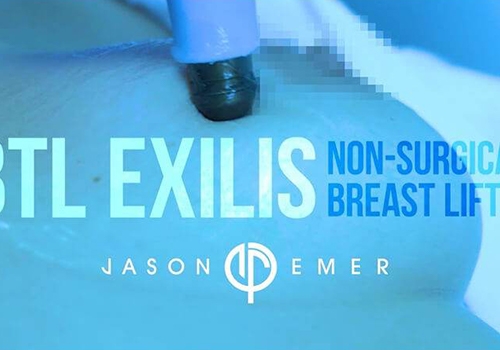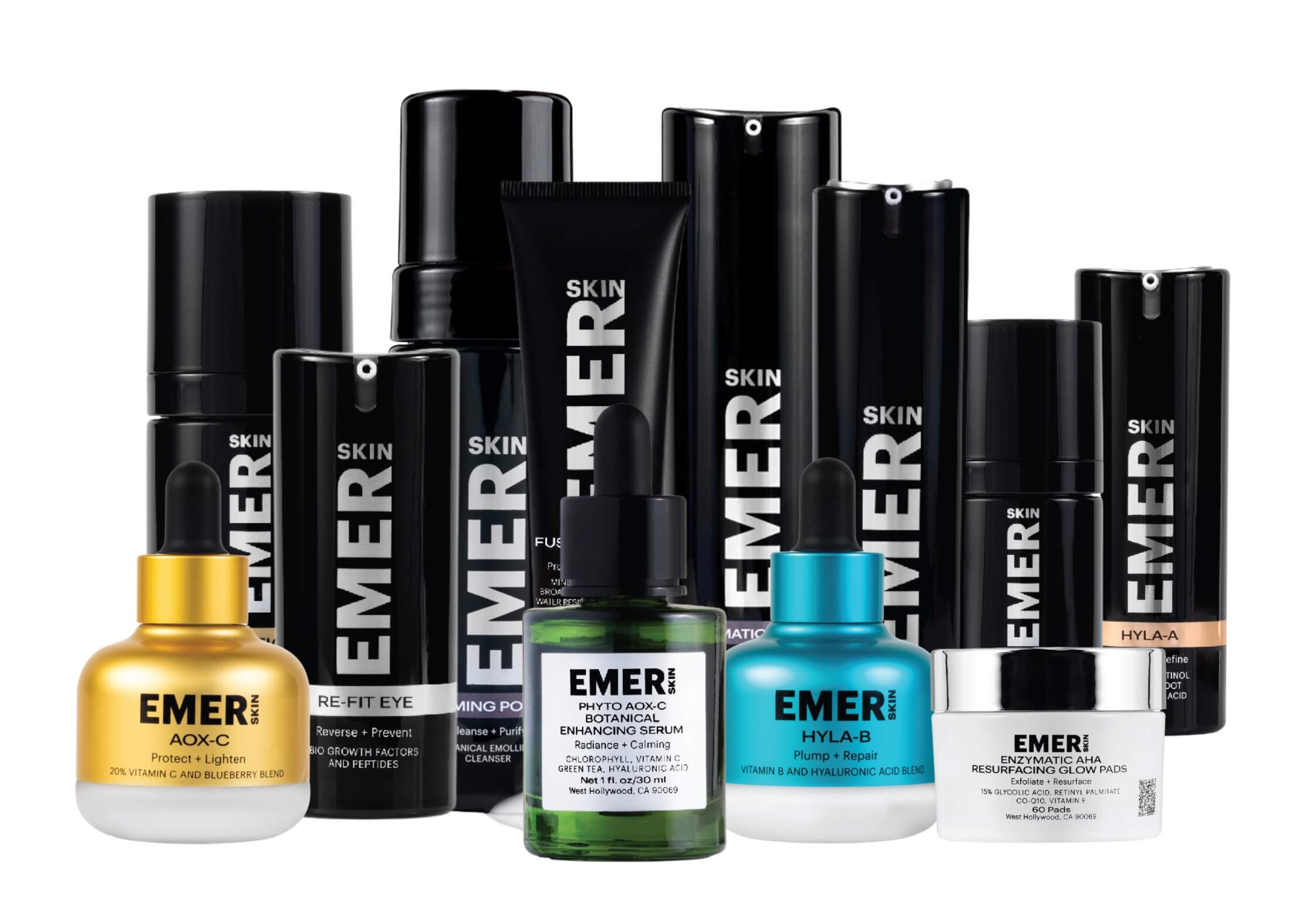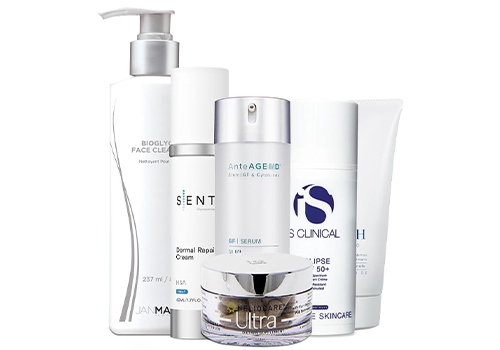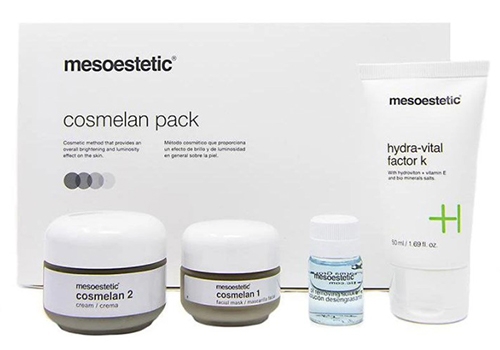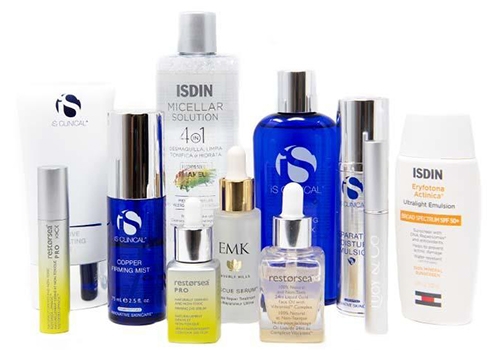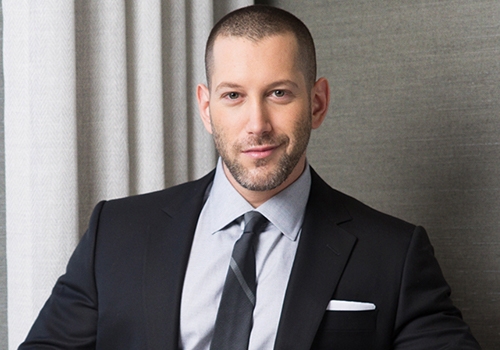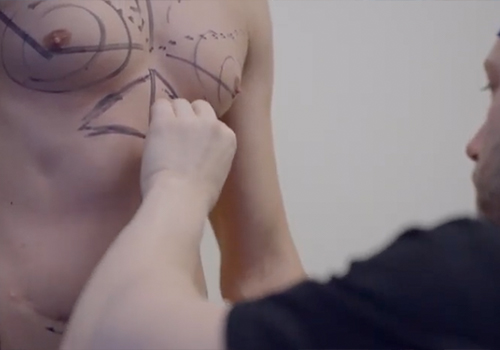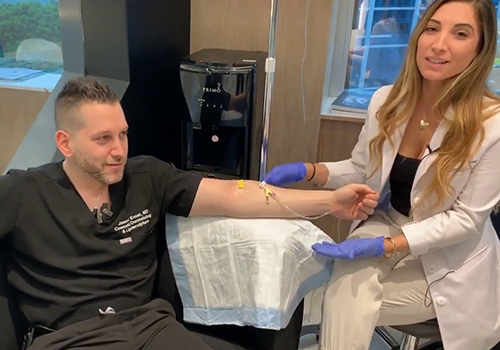Rosacea is a chronic inflammatory skin condition that primarily affects the face. It causes redness, bumps, and visible blood vessels, often concentrated around the central area of the face. While the exact cause of rosacea is unknown, triggers like sunlight, hot beverages, and spicy foods can worsen symptoms. Fortunately, various treatment options can help manage rosacea and improve its appearance.
Types of Rosacea Treatment:
Rosacea treatment focuses on controlling symptoms and preventing flare-ups. The specific approach depends on the type and severity of your rosacea. Here are some common treatment options:
- Skincare: Gentle skincare is vital to avoid irritating the skin further. This includes using lukewarm water for cleansing, applying fragrance-free moisturizers, and wearing sun protection daily.
- Topical medications: Creams and gels containing ingredients like metronidazole, azelaic acid, or ivermectin can help reduce inflammation, redness, and bumps.
- Oral medications: In some cases, antibiotics taken by mouth may be prescribed to reduce inflammation.
- Laser treatment: Certain lasers can target visible blood vessels and improve redness.
- Light therapy: Specific light pulses can target inflammation and improve overall rosacea appearance.
Pros of Rosacea Treatment:
- Improved Appearance: Effective treatment can significantly reduce redness, bumps, and visible blood vessels, leading to a clearer complexion and improved self-confidence.
- Reduced Flare-Ups: Proper management can minimize the frequency and severity of rosacea flare-ups.
- Prevention of Complications: Left untreated, severe rosacea can lead to permanent skin thickening and eye problems. Treatment helps prevent these complications.
- Enhanced Quality of Life: Managing rosacea symptoms can significantly improve your quality of life by reducing embarrassment and discomfort associated with facial redness and inflammation.
Cons of Rosacea Treatment:
- Chronic Condition: Rosacea is a chronic condition requiring ongoing management. There’s no permanent cure, but treatments can effectively control symptoms.
- Identifying Triggers: Identifying and avoiding personal triggers that worsen your rosacea can be challenging.
- Potential Side Effects: Some medications may cause mild side effects like dryness, itching, or burning sensation.
- Cost of Treatment: The cost of medication, doctor visits, and procedures can vary depending on your specific needs and insurance coverage.
Alternatives to Rosacea Treatment:
While no direct alternatives exist for rosacea treatment, certain lifestyle modifications can help manage symptoms alongside conventional treatment:
- Identify and avoid triggers: This can significantly reduce flare-ups. Common triggers include sunlight, spicy foods, hot beverages, alcohol, and stress.
- Gentle skincare routine: A consistent skincare routine with fragrance-free cleansers and moisturizers helps soothe and protect the skin.
- Sun protection: Daily use of sunscreen with SPF 30 or higher is crucial to prevent sun-induced worsening of rosacea.
Recovery time:
Rosacea treatment doesn’t involve a recovery period in the traditional sense. However, it can take several weeks or even months to see noticeable improvement with medications and topical creams. Rosacea requires ongoing management to maintain symptom control.
Disclaimer: This information is for general knowledge only and does not substitute for professional medical advice. Always consult a dermatologist or healthcare provider to determine the best course of treatment for your rosacea. They can diagnose your specific type, assess its severity, and recommend a personalized treatment plan.
